Spelling rules – Best worksheets and resources for KS1 and KS2 SPaG
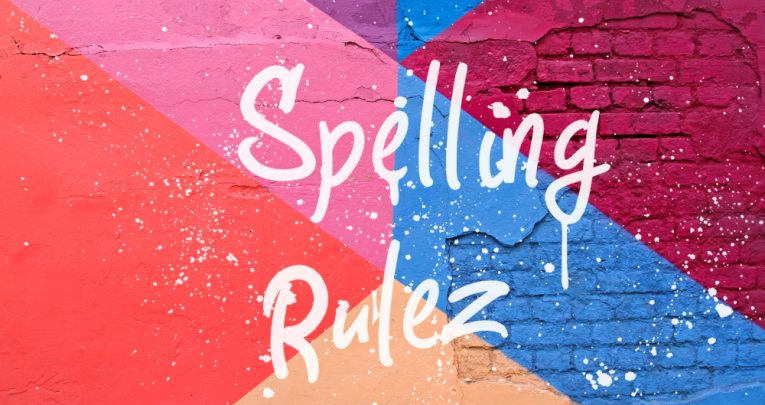
Get children from Year 2 through Year 6 to master spelling rules and patterns with these worksheets, display packs, ideas, activities, tips and more…

- by Teachwire
- Classroom expertise and free resources for teachers

Year 2 spelling rules classroom display packs
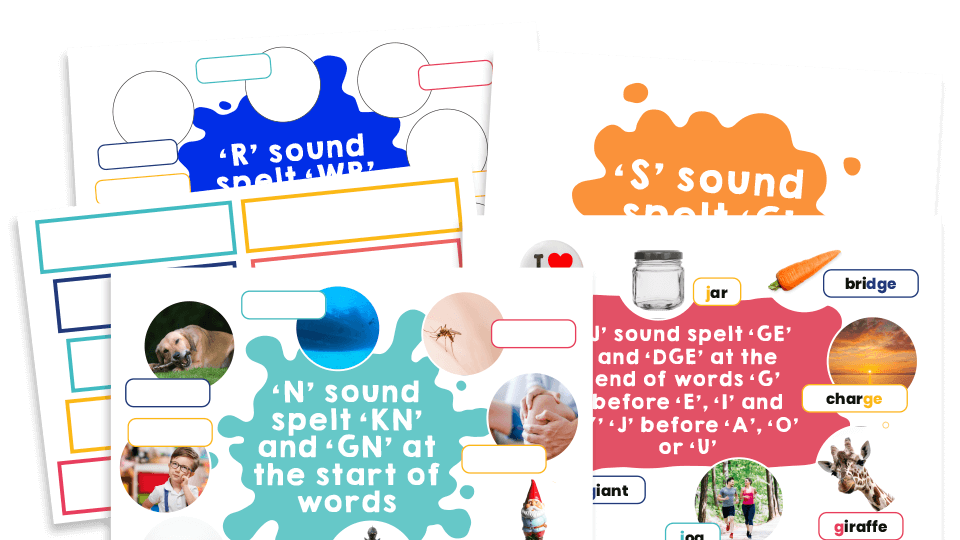
Enhance your KS1 classroom displays with these sets of colourful posters (pack 1 has 14, pack 2 has 12) based around Year 2 spelling patterns.
Each poster shows the spelling pattern surrounded by eight eye-catching images illustrating words that use that pattern.
As well as the completed posters, the pack includes:
- posters where the example illustrations aren’t labelled, so children can be challenged to identify the missing words
- posters showing the spelling pattern only, so children can add their own example words and pictures
- individual elements of the posters, which can be cut out and assembled as part of any larger wall display, and added to by the children
Click here for Display pack 1 and here for Display pack 2.
Key Stage 2 spelling rules classroom display packs

On a similar note we also have display packs for Year 3-6. Just click the links to find out more about what’s included in each
As well as the completed posters, the pack includes:
Years 3-6 spelling review worksheets
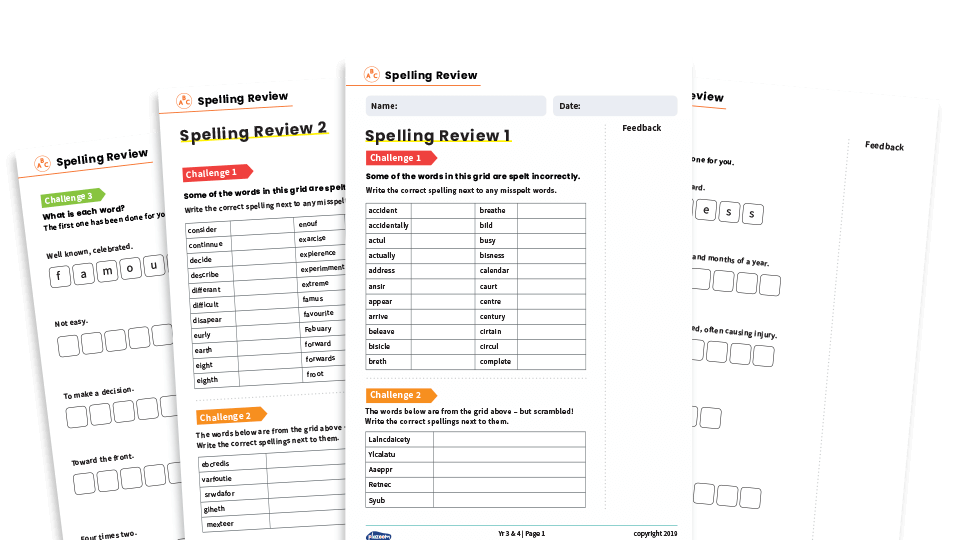
These free spelling worksheets provide a great way to practise and test the words from the National Curriculum Spelling List.
All of the Year 3 to 6 spelling words are covered across two different sets of worksheets, each containing three different types of spelling challenge.
Browse more Year 3 and 4 spelling list resources.
How to teach spelling rules

Modelling invented words? Teaching spelling ‘rules’? Saying that letters are ‘silent’? No, no, no, says Charlotte MacKechnie.
Read her dos and don’ts of teaching spelling here.
‘i before e except after c’ rule spelling worksheet
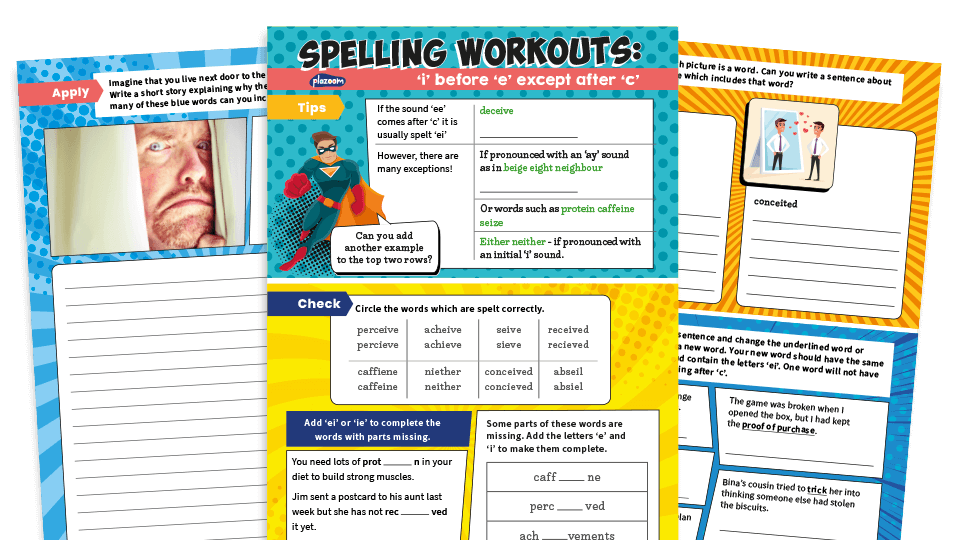
Ask anyone to name a spelling rule and this is probably what most people will say, even though we know it’s often not true. So rather than teach this rule, you’re probably going to need to unteach it.
These spelling worksheets, covering ‘i before e except after c’, are an excellent way for children in Years 5 and 6 to revise and practise this rule and the ‘i’ before ‘e’ exceptions.
The worksheets include five different spellings activities for KS2 in which children look at spelling patterns, identify misspelt words and apply their spellings in context. They can be used within lessons, as an assessment or as a homework task.
‘I’ before ‘e’ exceptions
- beige
- eight
- neighbour
- protein
- caffeine
- seize
- either
- neither
- neighbour
Year 2-6 spelling word list resources
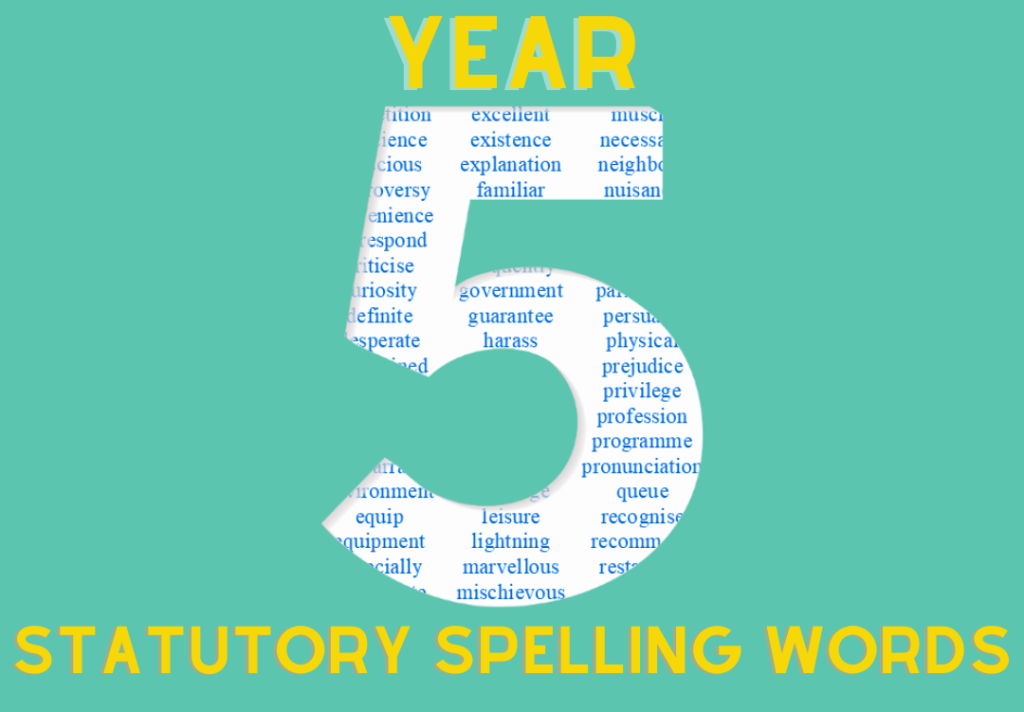
If you’re looking for resources specific to the spelling word lists for a certain year group, we’ve rounded up some great ones for Years 2-6. Just click these links to give them a look:
Key stage 2 spelling patterns crossword resources
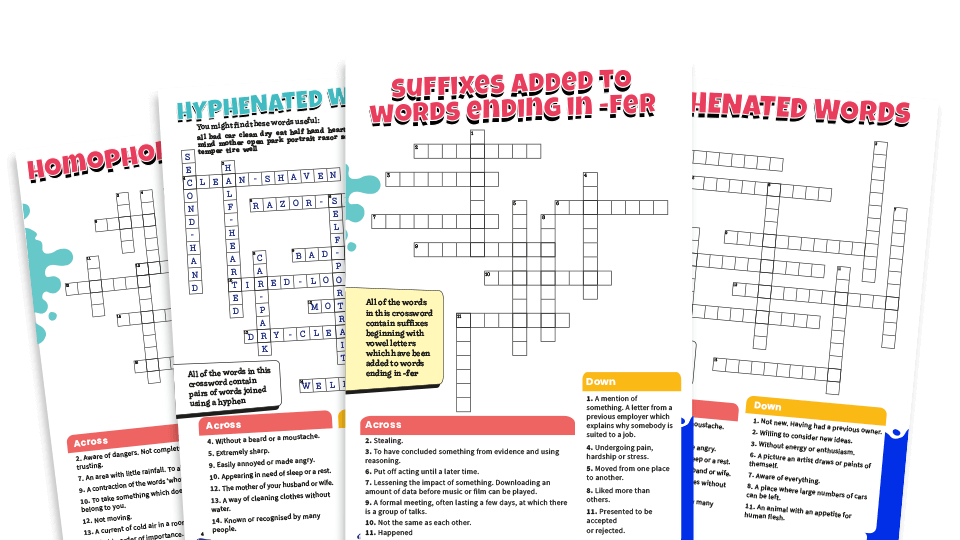
These spellings patterns crossword PDF worksheets for Year 3-6 includes a number of crosswords to support children’s learning.
In addition, they help to clarify word meanings, enabling children to use these words more confidently in their writing.
Each crossword focuses on a different spelling pattern and answer sheets are also included.
- Year 3 spellings patterns crossword worksheets
- Year 4 spellings patterns crossword worksheets
- Year 5 spellings patterns crossword worksheets
- Year 6 spellings patterns crossword worksheets
‘Ough’ spelling rule doughnut phonics
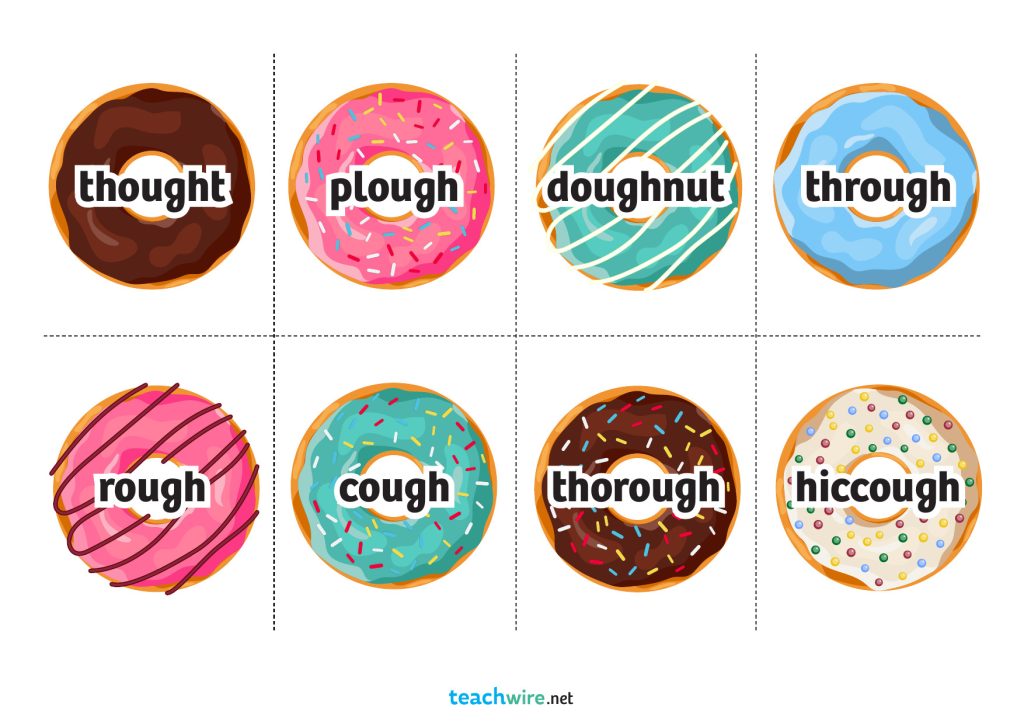
Use these doughnut-themed resources to explain to children how the ‘ough’ spelling can represent many different sounds.
Spelling strategies and games
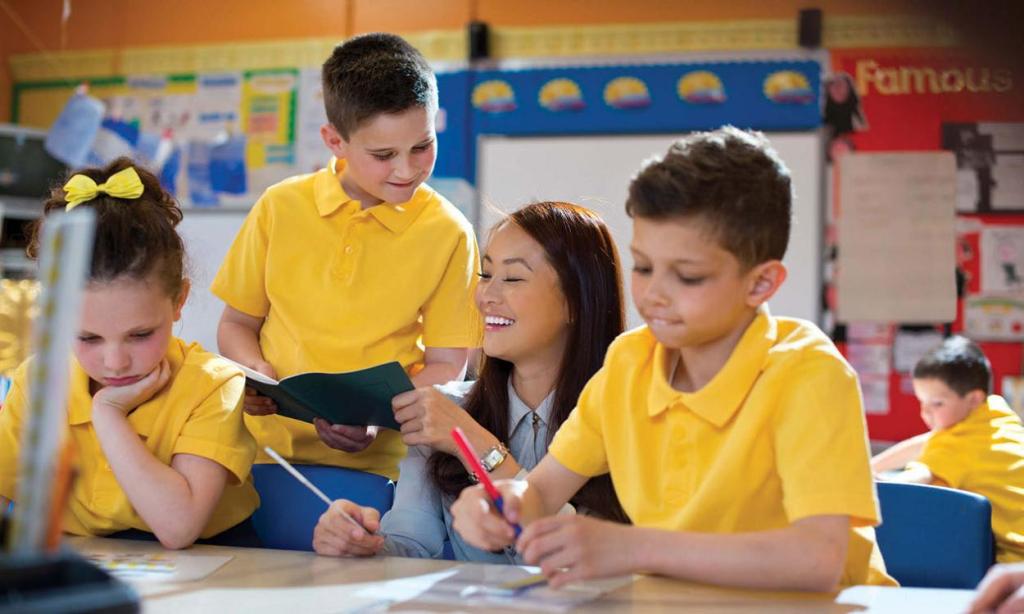
Give these offline and online spelling games a go to consolidate spelling skills and eradicate common mistakes.
Year 3 and 4 word-sorting activity
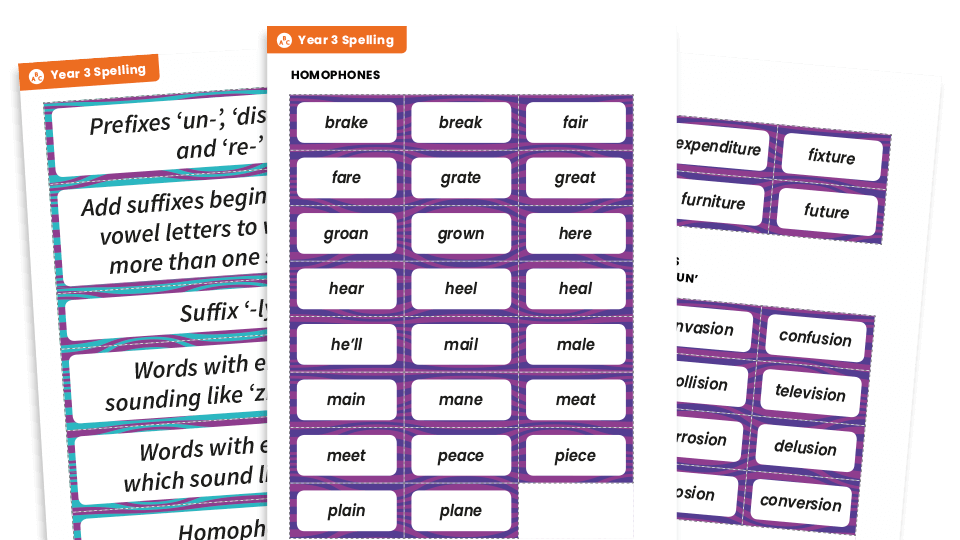
These packs contain a variety of Lower-Key Stage 2 spellings split into different Y3 and Y4 spelling patterns.
Children can be given sets of word cards and asked to discuss the common spelling patterns, before sorting the cards into groups. It’s a hands-on way to revise and improve pupils’ understanding of key spellings.
Click here for the Year 3 pack and here for the Year 4 pack
One-syllable word families posters and card-sorting activity

The resources in this word family pack will help children to practise recognising letter patterns through interactive wall displays and card-sorting activities.
It looks at groups of short (3- and 4-letter) words with letter patterns like -ill, -in, -ad and -en.
Word family word spinners

Another way to help children practise and identify common letter strings in one-syllable words is by using these word wheels.
Children turn the wheels to see how different prefixes and suffixes create different words, and how the same spelling patterns apply to groups of words.
Word Wheels covering 28 letter strings are included, such as words ending in ‘-ab’, ‘-ip’ and ‘-ell’.
The spinners are colour coded to identify the vowel with which each letter string begins, and blank templates are also included so that children can create their own word spinners.
Year 2 spelling patterns word search revision pack
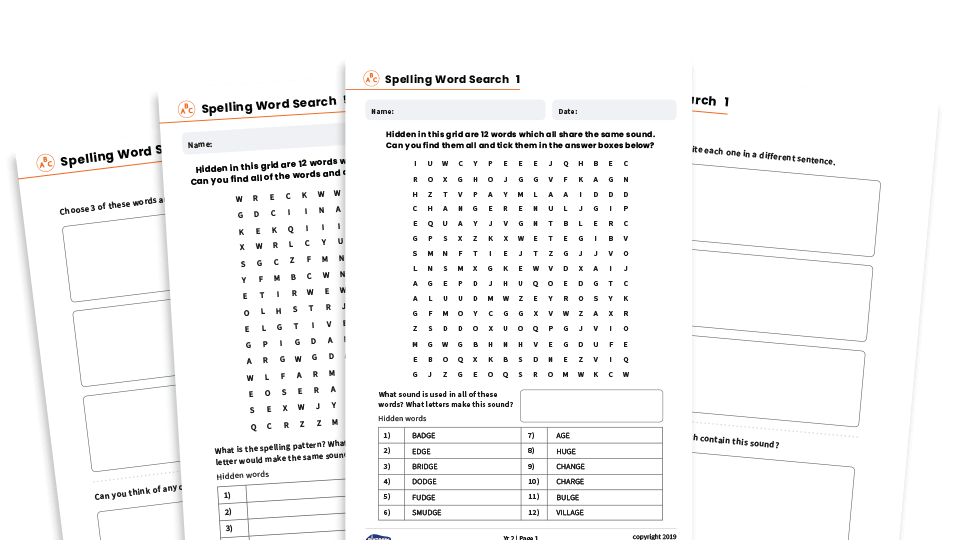
This Y2 spelling revision pack contains 25 PDF worksheets, each covering a different Key Stage 1 spelling pattern.
The children are asked to find hidden words in the letter grid, then identify the spelling pattern they share. Further questions on the spelling pattern are included on the second sheet. The hidden words are listed at the bottom of the page to help children with their search.
Two versions of each sheet are included – one with the list of words that children need to find, and one without for children who need more challenge.
Answer sheets for all the word searches are also included.
Year 2 spelling rules worksheets
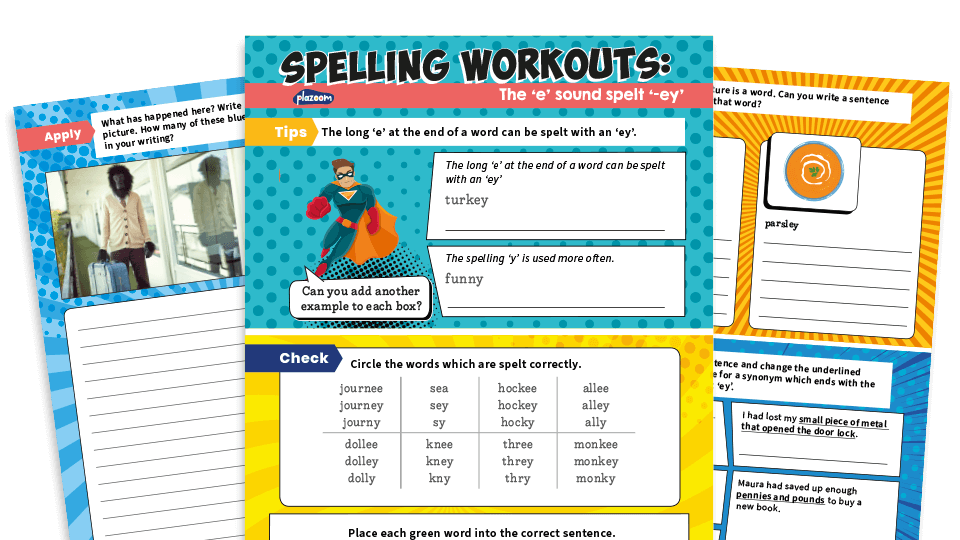
These PDF worksheets are an excellent way for children in Y2 to revise and practise these spelling patterns.
The worksheets include five different activities in which children look at spelling patterns, identify misspelt words and apply their spellings in context.
They can be used within lessons, as an assessment or as a homework task.
Click each link to check them out
- Long ‘i’ spelt ‘y’
- Long ‘e’ sound spelt ‘ey’
- ‘zh’ sound spelt ‘s’
- ‘s’ sound spelt ‘c’
- ‘or’ sound spelt ‘a’ before ‘l’ or ‘ll’
- ‘u’ sound spelt ‘o’
- ‘r’ sound spelt ‘wr’
- ‘a’, ‘or’ and ‘ar’ sounds after ‘w’
- ‘j’ sound
- ‘gn’ and ‘kn’ words
- /l/ or /əl/ sounds
- Words ending in -tion
Year 3/4 spelling rules worksheets
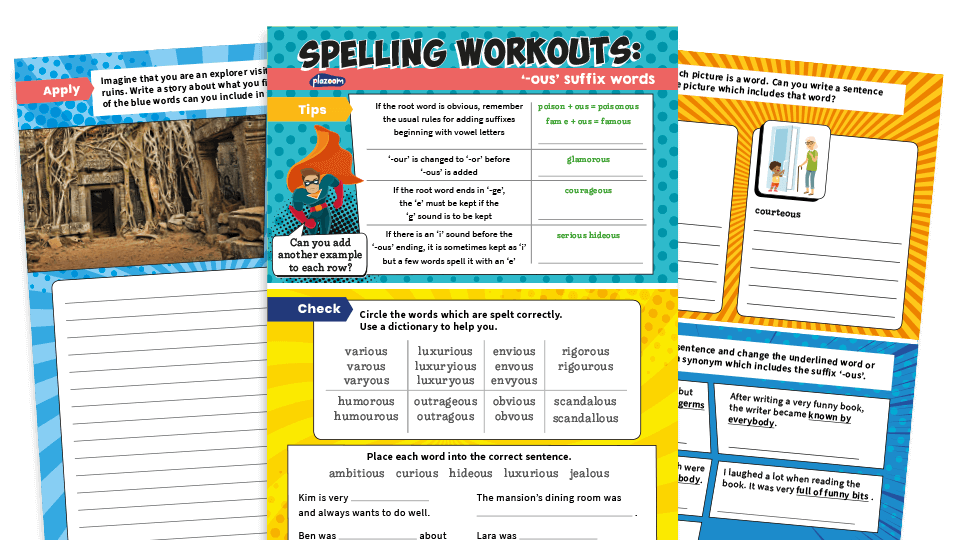
Next up, we have more of these style of worksheets, but for lower-Key Stage 2.
- -ous suffix
- ‘ei’, ‘ey’ or ‘eigh’ words
- ‘g’ sound Spelt ‘gue’
- ‘s’ sound Spelt ‘sc’
- Word endings that sound like ‘shun’
- Words containing ‘ch’
- Words ending in ‘-sure’ or ‘-ture’
- ‘i’ Sound Spelt ‘y’
- ‘ou’ Words
Year 5/6 spelling rules worksheets
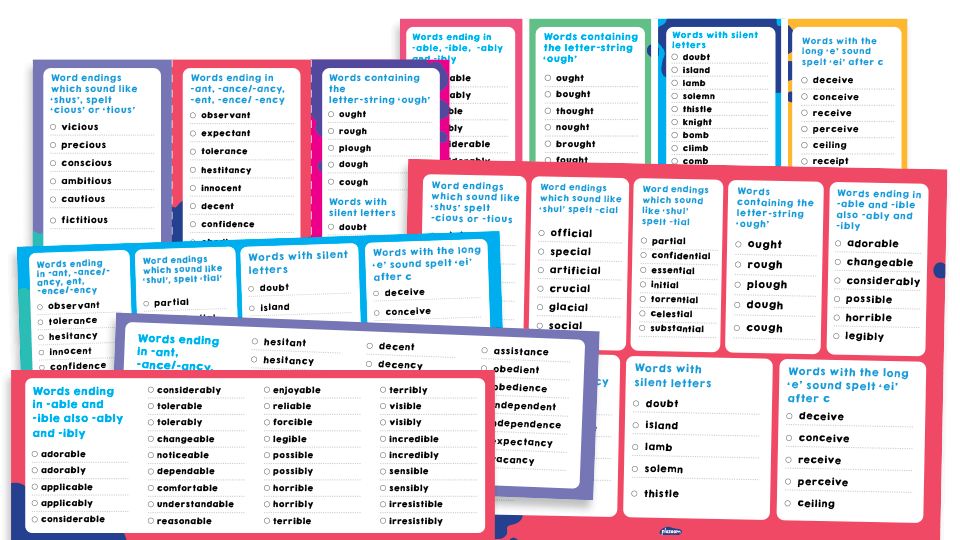
And finally it’s upper-Key Stage 2.










